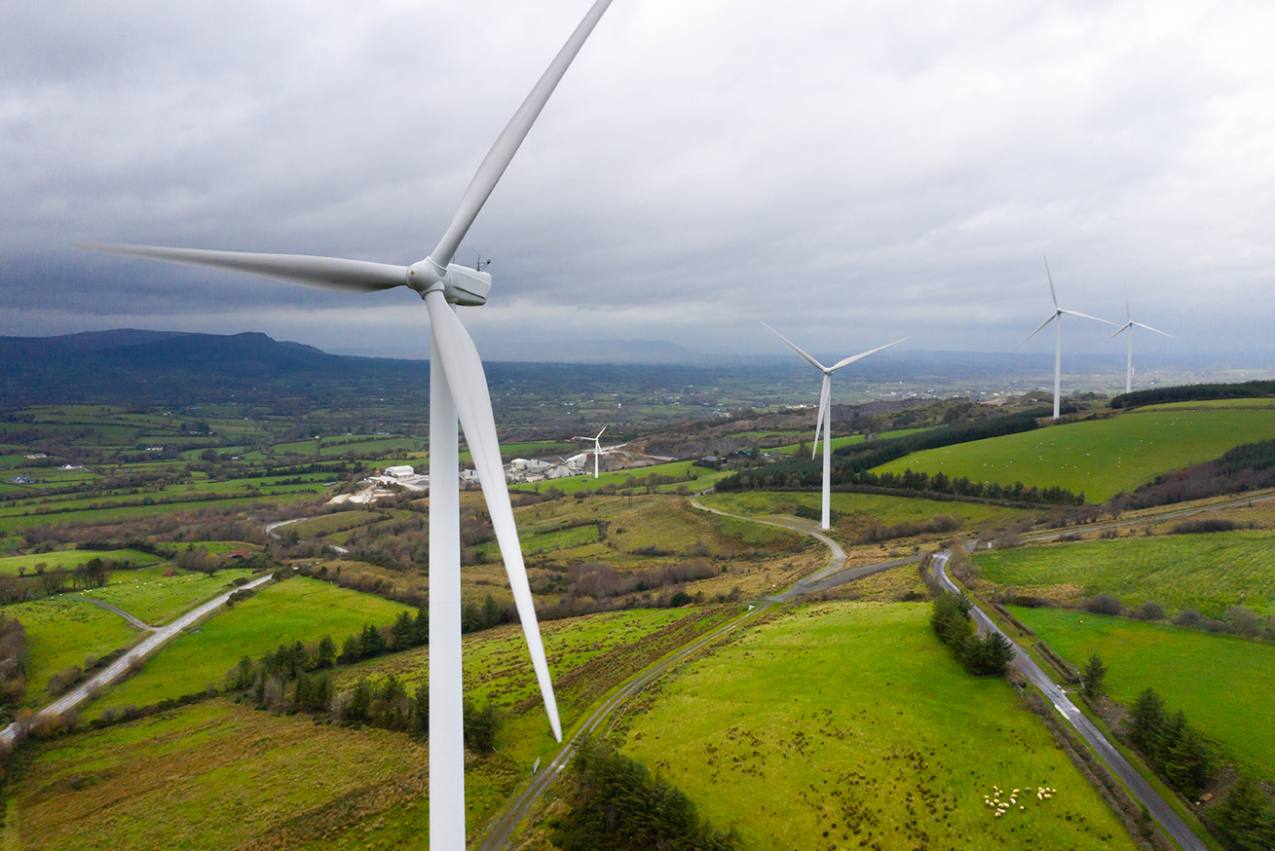In this final instalment, Will Argent, Fund Adviser to the VT Gravis Clean Energy Income Fund, discusses the bright future of the clean energy sector.
The focus on a ‘green agenda’ has gained significant momentum in recent years. Despite the current challenges faced by society and the global economy, the desire for a more sustainable and low-carbon economic model shows no signs of abating. The stimulus packages being proposed and deployed by governments have bolstered, and potentially accelerated the transition.
The direction of funding towards sustainable projects is clearly aligned with achieving ‘net zero’, a target increasingly adopted by governments globally. While the UK was the first G7 country to commit to net zero, a growing cohort of countries have now committed to similar ambitions.
To date, eight countries, cumulatively accounting for ~4.4% of global energy-related CO2 emissions, have signed net zero targets into law, typically by 2050: Norway, Denmark, New Zealand, Sweden, Hungary, France, the UK and Germany. This group is likely to increase substantially with many governments proposing legislation or introducing new policy measures. There is also scope for more concerted efforts. For example, the European Commission (EC) is working towards a bloc-wide net zero target as part of its ‘Green Deal’, described by EC President Ursula von der Leyen as being “Europe’s man on the moon moment”. The Green Deal aims for a ‘climate neutral’ Europe, with ‘net zero’ enshrined in law. Renewable energy generation targets will be a major component of this, renovating buildings and toughening up regulatory requirements as part of energy efficiency measures, targeting transport-related emissions through tougher emissions standards for vehicles, and accelerating the development of the infrastructure required for a greater transition to electric vehicles will also feature. Europe wants to be a front-runner in climate friendly industries and clean technologies and the bloc accounts for almost 8% of global energy-related CO2 emissions.
The US is a notable omission from the list of major economies with federal-level climate change commitments and the Trump administration set out plans to withdraw from the Paris Climate Accord. However, the lack of federal ambition has not impeded more localised climate change targets. Policies including carbon pricing, emissions limits, and energy efficiency mandates have been adopted at the state and regional levels to help reduce greenhouse gas emissions, develop clean energy resources, promote alternative fuel vehicles, and promote more energy-efficient buildings and appliances.
In sum, twenty-three states (plus the District of Columbia) have adopted greenhouse gas reduction targets, with even more introducing policies requiring electricity utilities to deliver a certain amount of electricity from renewable or clean energy sources. California has led the way, passing a law in 2018 to ensure by 2045 all electricity is generated by renewable sources. The state also targets net zero by the same year. Although specific targets and policies diverge between different states, the prevalence of these demonstrates widespread support for climate action.








